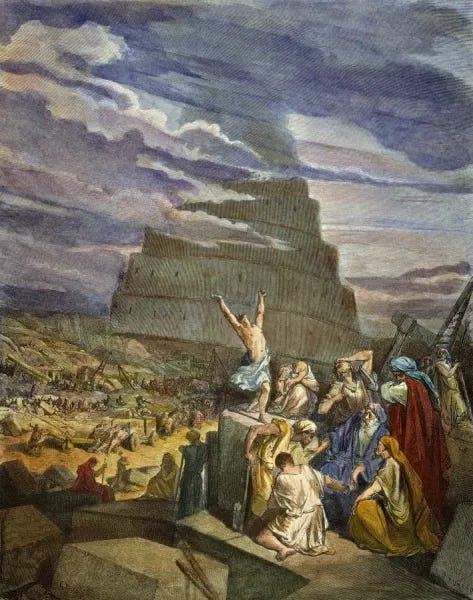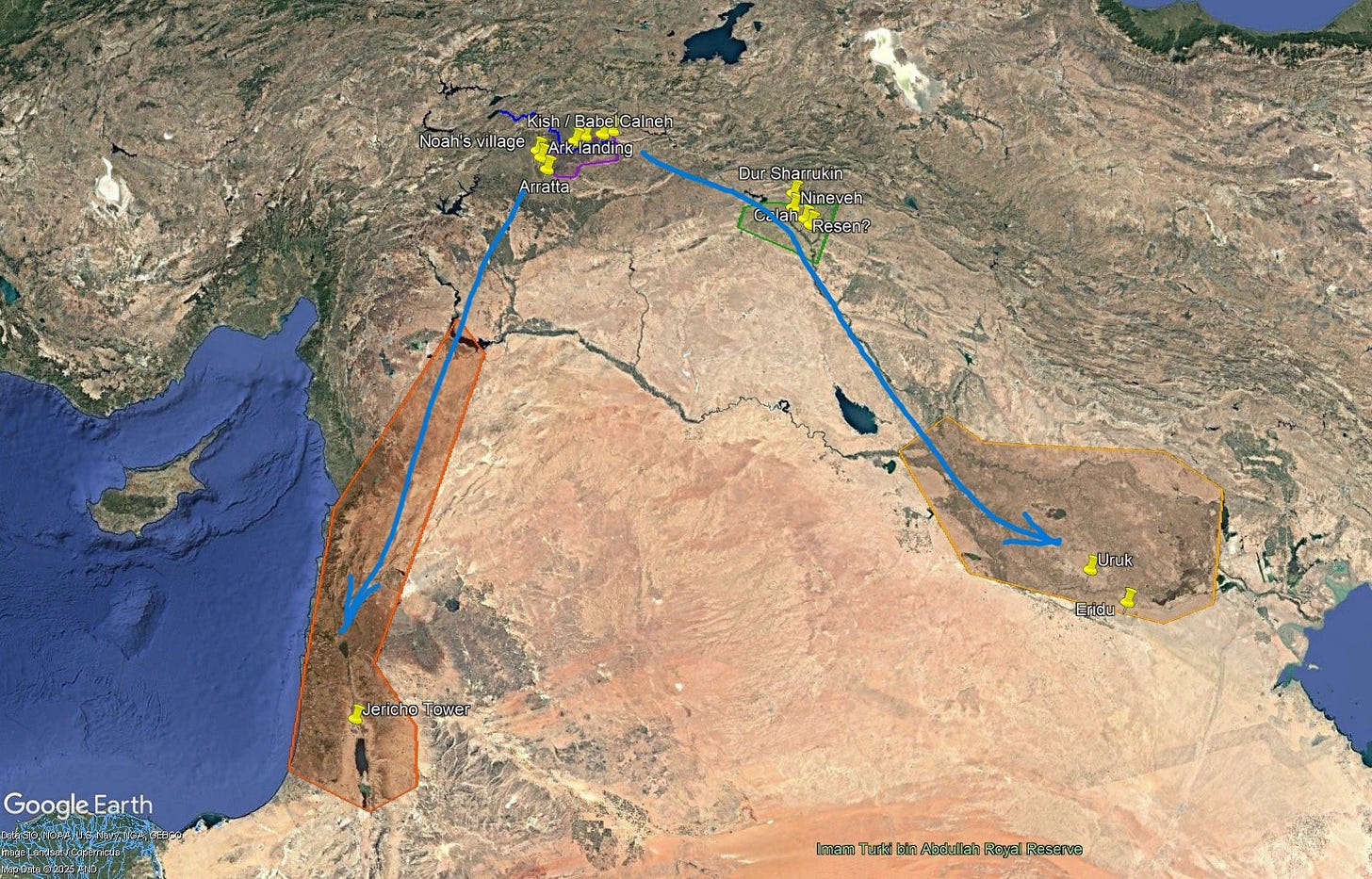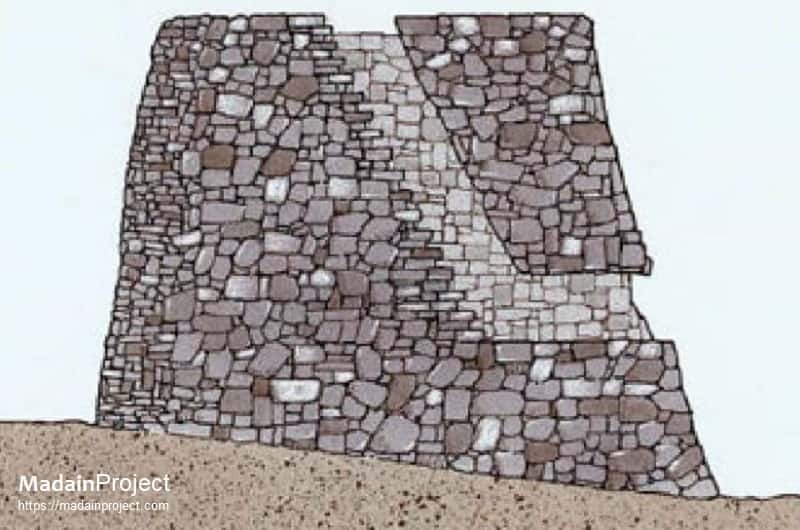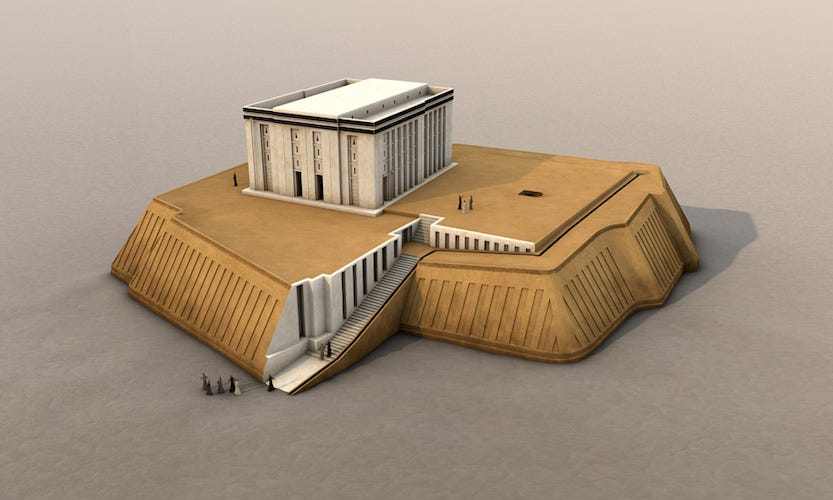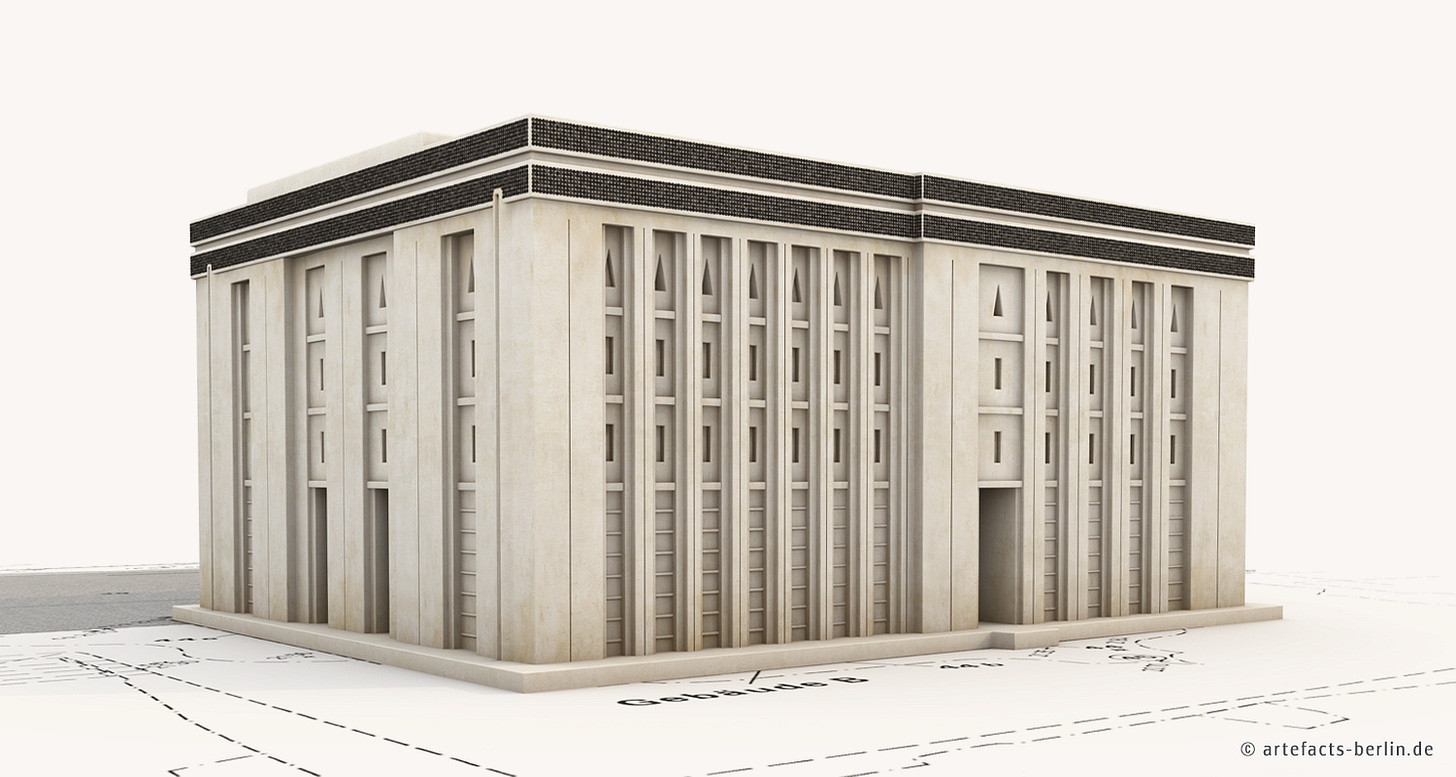How Tall Was the Tower of Babel?
Probably Not as Tall as Many Imagine
A reader recently asked me how tall the Tower of Babel was. In popular imagination, it is thought to have been a large ziggurat similar to the one in Ur, which was about 100 feet tall. Nebuchadnezzar’s ziggurat, founded 1,500 years after Babel, was called the Etemenanki, and it was about 300 feet tall. However, the best evidence from the time period suggests that the Tower of Babel was only about 30 or 40 feet tall at most. Below, I will explain why.
While later civilizations built enormous ziggurats comparable in height to the Great Pyramid of Egypt, the culture of the Tower of Babel was the Pre-pottery Neolithic. There are two surviving towers from the century after the Dispersion. Those are the White Temple of Anu in Uruk and the Tower of Jericho. After the Dispersion, the Canaanites went Southwest into the land later called Canaan. Nimrod and the Cushites went Southeast and later founded the Sumerian Civilization in the city of Uruk.
The Tower of Jericho was made of stone and was relatively crude in its design. It had a central stairwell and was about forty feet tall.
The White Temple in Uruk was probably built in the reign of En-Mer-Kar, which is to say, Nimrod. It was much larger and more sophisticated than the Jericho tower. Given that Nimrod was the co-regent on the Tower of Babel project, the White Tower of Anu in Uruk is probably quite close to the original design from Babel. The temple was built upon a ziggurat platform about forty feet tall. The temple itself was about forty feet tall. Though it was the size of a country church, its position on the platform raised it to about 80 feet above the surrounding plains.
The Tower of Babel was probably not quite as big as the White Temple because of the shortage of labor. Reading into Genesis 10 and 11, it appears that there were only 70 heads of household in the year of the Dispersion. According to several ancient sources, they worked on the Tower of Babel for 42 and a half years from its founding in 2233 BC. Therefore, there might have been only 40 or 50 adult men when the foundation was laid. By the time the White Temple was built in Uruk, a century later, the population in Uruk was probably several hundred men.
In conclusion, my two reasons for thinking the Tower of Babel was relatively small are that the surviving structures from that time were quite small compared to later ziggurats and pyramids, and there simply were not enough people 157 years after the Flood to build a massive structure.



